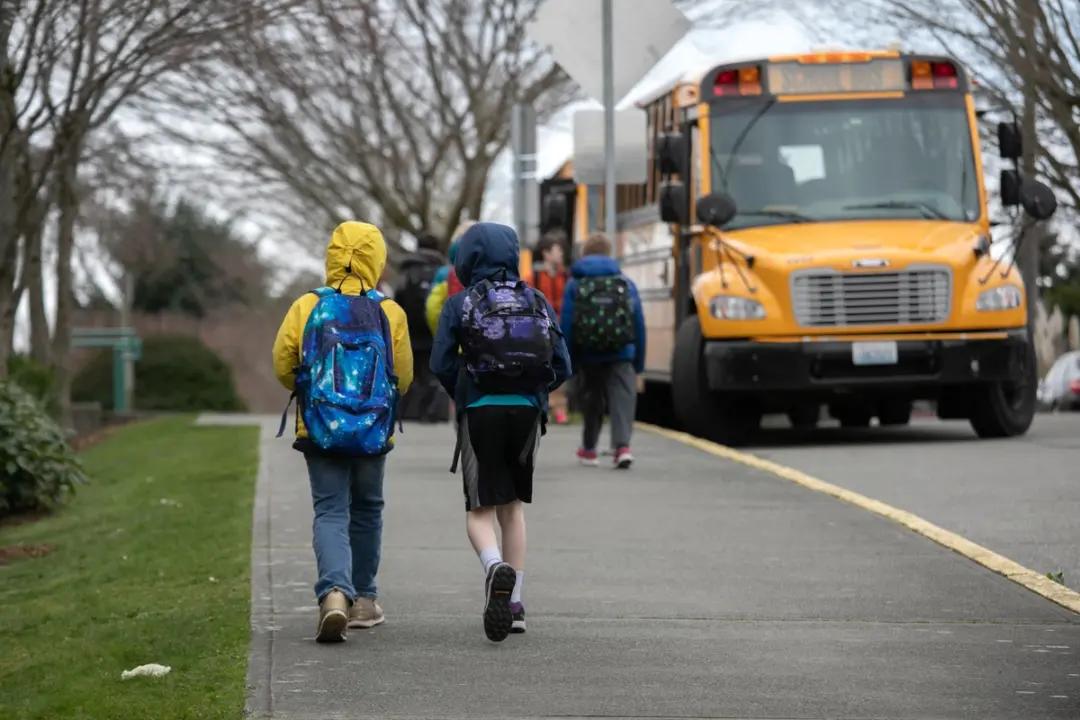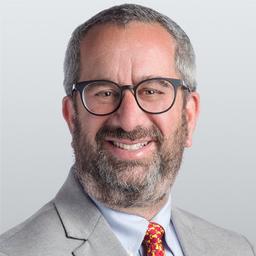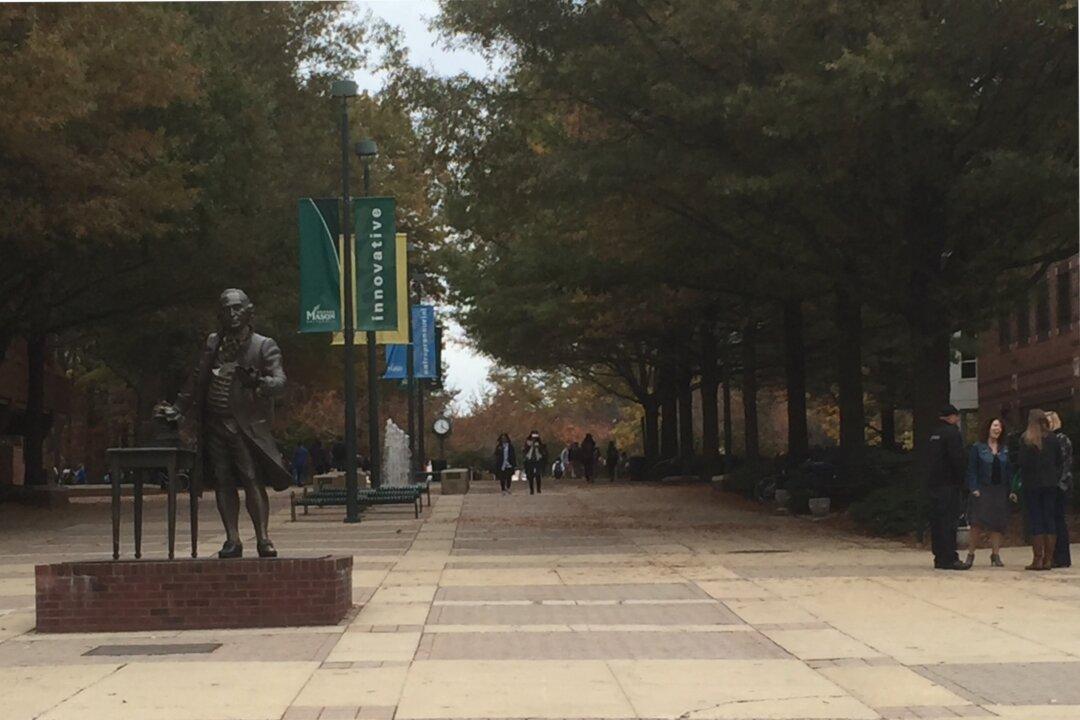Commentary
The most powerful force shaping the future of education is the sharp decline in babies being born in the United States and worldwide. As Americans have fewer children and fewer children immigrate from abroad, the school-age population will decline dramatically over the next few decades.



